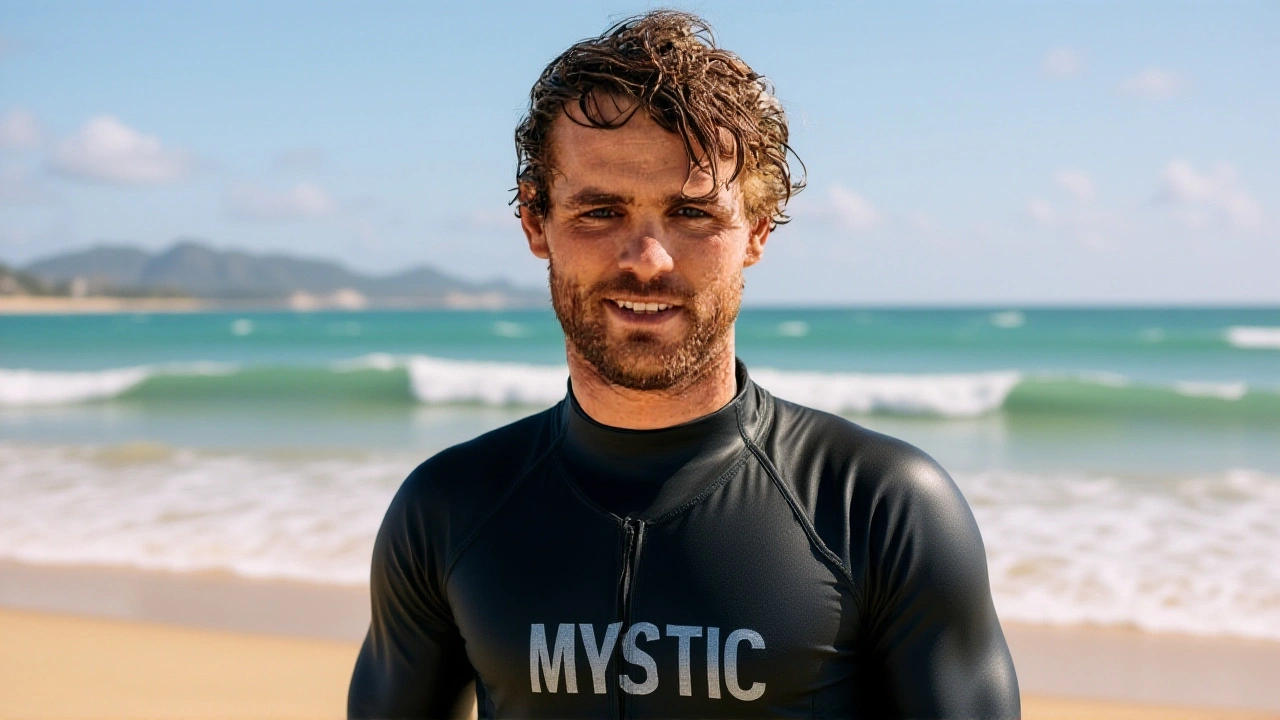Kitesurfing – The Ultimate Wind‑Powered Adventure
When you hear the word kitesurfing, a high‑energy water sport that blends surfing, windsurfing and paragliding. Also called kiteboarding, it lets riders harness the power of wind, the natural force that fills the kite and pulls the board across the water while standing on a kiteboard, a reinforced board designed to glide and carve on the wave surface. Most enthusiasts strap on a harness, a safety system that connects the rider to the kite and distributes pull across the hips to stay in control during jumps and tricks. In short, kitesurfing combines skill, equipment and the right conditions for an unforgettable ride.
Kitesurfing encompasses three core elements: the wind, the kite and the board. The wind dictates when and where you can launch; stronger, steady breezes produce higher jumps, while gusty days demand more precise handling. The kite, made of ripstop fabric and ready lines, acts like a gigantic sail that converts wind energy into forward thrust. The board, typically made of carbon‑fiber or wood, provides the platform for riders to steer, carve and perform aerial tricks. Because each element influences the others, mastering kitesurfing means learning how wind speed shapes kite choice, how kite size matches your weight, and how board shape affects maneuverability.
Key Gear and Safety Essentials
Before you hit the water, you’ll need the right gear. A kite, available in inflatable (LEI) or foil designs, determines power range and handling style should match the typical wind conditions of your local spot. Beginners often start with a 9‑12 m kite for moderate breezes, while advanced riders pick larger or smaller kites for high‑speed or light‑wind sessions. The harness comes in seat‑style or waist‑style, each offering different comfort levels and control. A quick‑release system is a must‑have safety feature; it lets you detach from the kite instantly if the line gets tangled or the wind shifts suddenly.
Safety goes beyond gear. Always check the weather forecast and understand the local wind patterns—coastal regions in South Africa, Kenya and Tanzania, for example, experience reliable trade winds that attract kitesurfers year‑round. Learn the basic kite‑control moves on land before heading out: the power‑stroke, the edge‑release and the down‑loop. On water, keep a safe distance from other boats, swimmers and wildlife. Many African beaches have designated kitesurf zones; respecting these areas reduces collision risk and preserves the natural environment.
Training schools and local clubs play a big role in spreading the sport. In Cape Town’s Blouberg and Durban’s Umhlanga, certified instructors offer lessons that cover everything from wind theory to advanced freestyle. Joining a community gives you access to spot reports, gear rentals and emergency contacts. It also opens doors to regional competitions, where athletes showcase spectacular jumps, ride‑throughs and creative tricks while representing their home nations.
Beyond the adrenaline rush, kitesurfing offers health and environmental benefits. It provides a full‑body workout—core, arms, legs and balance are constantly engaged. Unlike motor‑powered watercraft, kitesurfing leaves no carbon footprint, making it a sustainable way to enjoy the ocean. The sport also boosts tourism; coastal towns that host kite festivals see spikes in visitor numbers, hotel bookings and local business revenue.
The collection of articles below reflects how kitesurfing fits into the broader African news landscape. You’ll find pieces on beach‑side community projects, updates on regional sports events, and stories that illustrate how wind‑powered activities are shaping coastal cultures. Whether you’re a seasoned rider looking for the latest competition results or a newcomer seeking safety tips, the posts ahead give you a well‑rounded view of the sport’s impact across the continent.
Now that you have a solid grounding in the basics, gear, and safety, dive into the curated stories below to see kitesurfing in action, learn from real‑world experiences, and discover how this thrilling sport continues to grow throughout Africa.
South Africa's top kitesurfer Graham Howes died after a whale struck him off Bloubergstrand on Sept 7, 2025, prompting safety reviews and a community-wide mourning.
More
